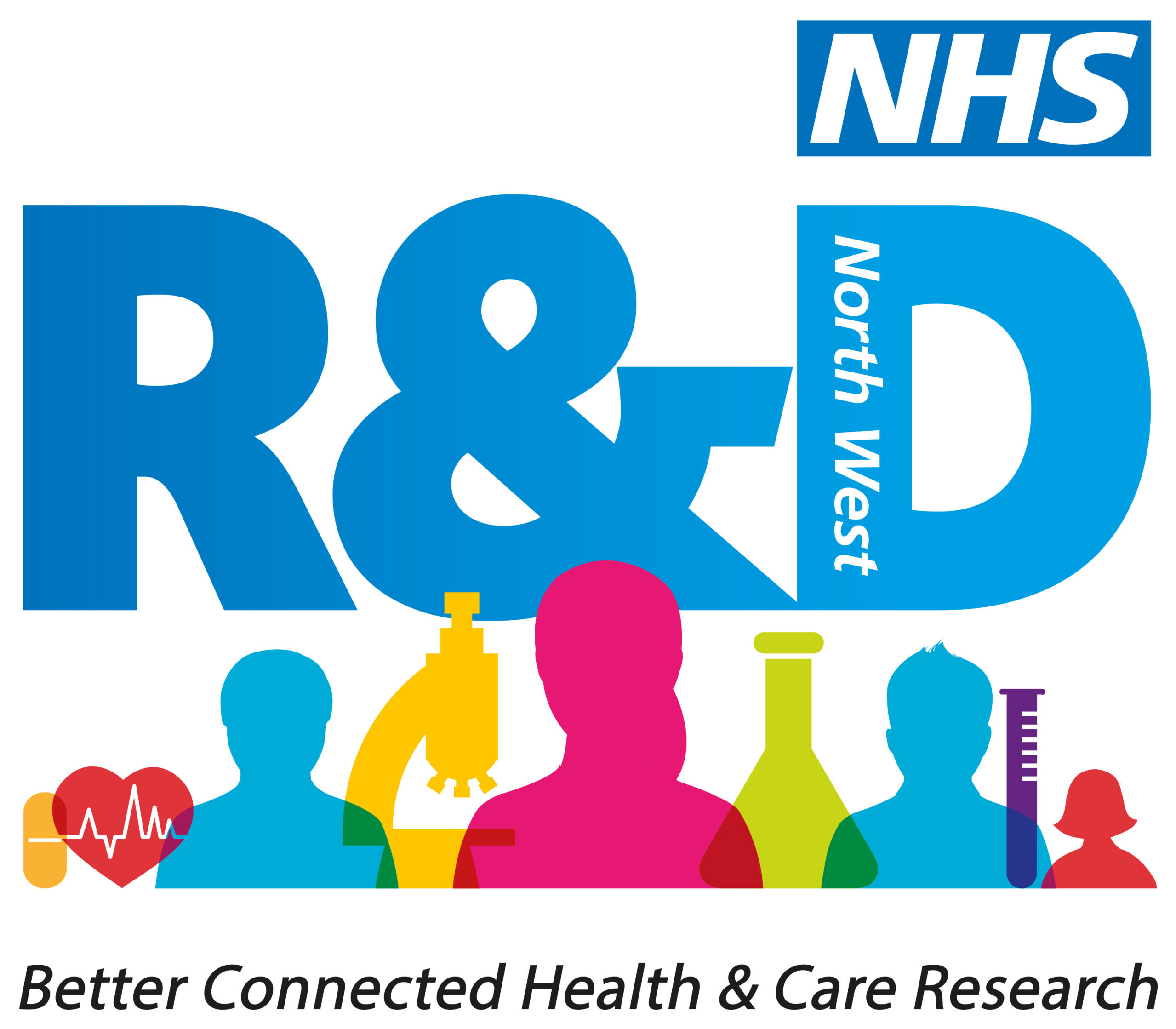Andrea Cross and her colleagues Christine Chetter, Azita Rajai and Bhuvaneswari Krishnamoorthy have published their first paper titled “Use of the Therapy Outcome Measure in Community Intermediate Care: Results of a Service Evaluation” in the International Journal of Therapy and Rehabilitation (IJTR).
Andrea was a previous participant of the NHS R&D North West NHMAP Internship Programme and the ECR Pathway, in collaboration with NIHR CRN North West Coast and Greater Manchester.
Congratulations Andrea and colleagues!
To read the full article visit the MAG online Library
Abstract
Background/Aims Outcome measures are essential in clinical practice to demonstrate patient improvement and secure funding for services. The purpose of this service evaluation was to explore levels of patient improvement as measured by the Therapy Outcome Measure in a community intermediate care team.
Methods A total of 232 patients who completed a course of therapy treatment with a community intermediate care team between December 2021 and February 2023 were scored on admission and at discharge using the Therapy Outcome Measure. Changes in scores from admission to discharge were summarised as percentages or median (interquartile range). The authors assessed if receiving input from intermediate care support workers had an impact on the improvement. Additionally, the authors explored if there was a relationship between change in scores and the number of therapy sessions.
Results Across the four Therapy Outcome Measure domains (impairment, activity, participation and wellbeing) the proportion of patients exhibiting a 0.5-point or more increase in scores ranged between 43.5% and 52.2%. Between 0.9% and 3% of patients showed a deterioration in scores and between 47.0% and 54.3% experienced no change in score. Regarding intermediate care support worker input vs no intermediate care support worker input, the proportion of patients that improved by 0.5 points or more was significantly different between the two groups in the impairment domain (67.2% and 43.9% respectively, P=0.003). There were very weak correlations found between the number of therapy sessions and the level of improvement.
Conclusions The Therapy Outcome Measure may be a useful tool for community teams to assess patient outcome measures. More studies are required in other community therapy teams to allow for comparison between services.
Implications for practice The results of this service evaluation may assist allied health professionals in selecting an appropriate outcome measure to use with their patients and the data may also be useful for benchmarking purposes.
Authors: Andrea Cross, Christine Chetter, Azita Rajai, Bhuvaneswari Krishnamoorthy
